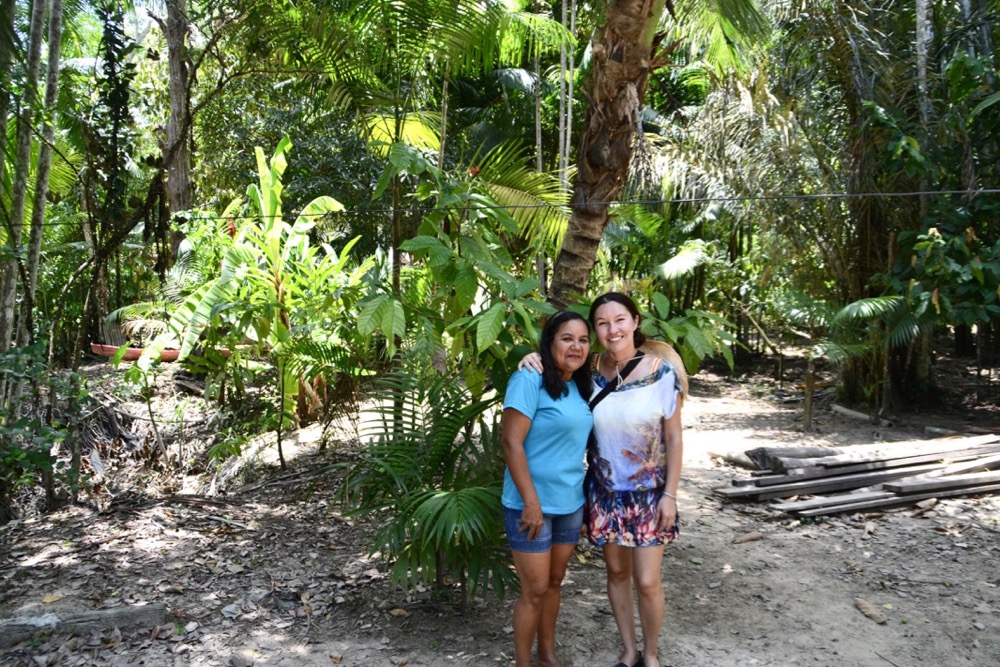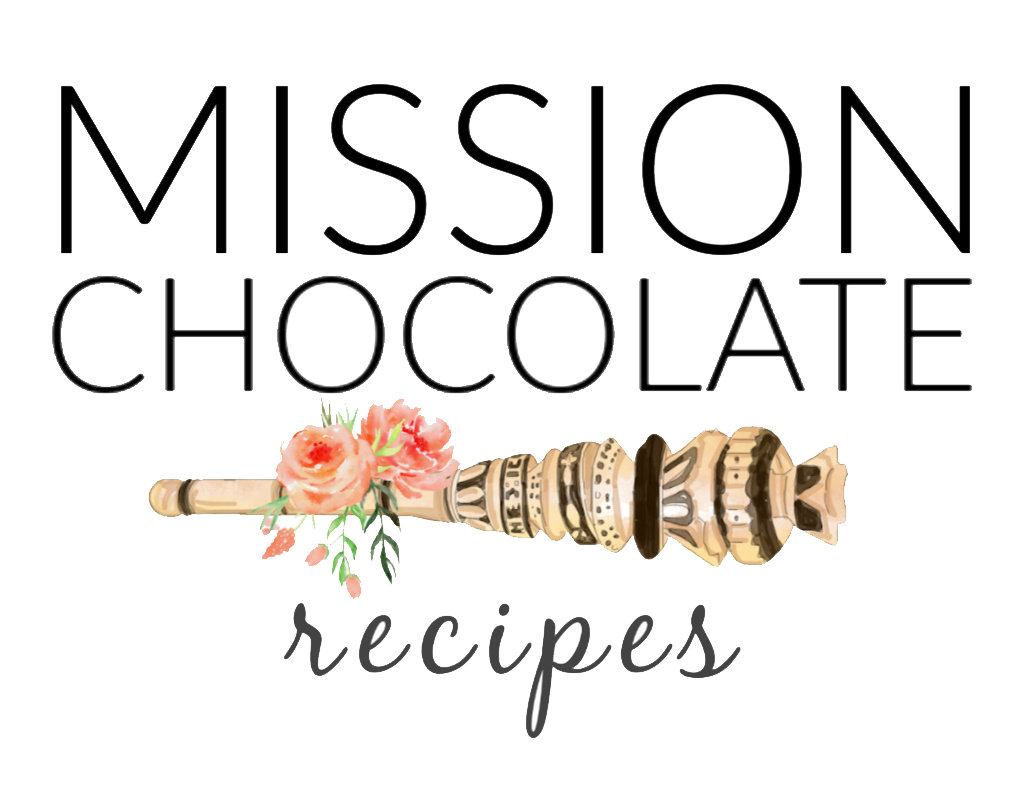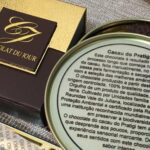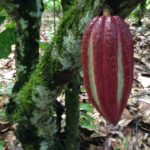Chocolate maker in the Amazon Rainforest
A female cacao farmer that makes chocolate and grows cacao on an island that sits on the Amazon River. Sounds like a made up story but one hundred percent real.
I first heard of Dona Nena in Oakland, California of all places. I was at a book launch/dinner for Chef Alex Atala and his new non cook book. Like a good chocolate maker, I took him a lot of chocolate and let him know about my plans to move to Brazil. Standing in that dimly lit, loud restaurant drunk with Brazilian herbs and spices he began his tale of Dona Nena- he transplanted me to her – a place so green, lush, and tropical, filled with bright plump cacao pods floating in the middle of the Amazon.
“She makes a rustic chocolate and in very small quantities” he said.
It was mesmerizing.
A year and a half later, I finally made it to the Amazon Rainforest. But finding Dona Nena was not as easy as I thought. My research offered no address and vague directions. If you have been to the Amazon you know directions are mostly nonsense. There are hundreds of rivers, possibly thousands, and the smaller rivers do not have “street names” and they appear and disappear depending on the season.
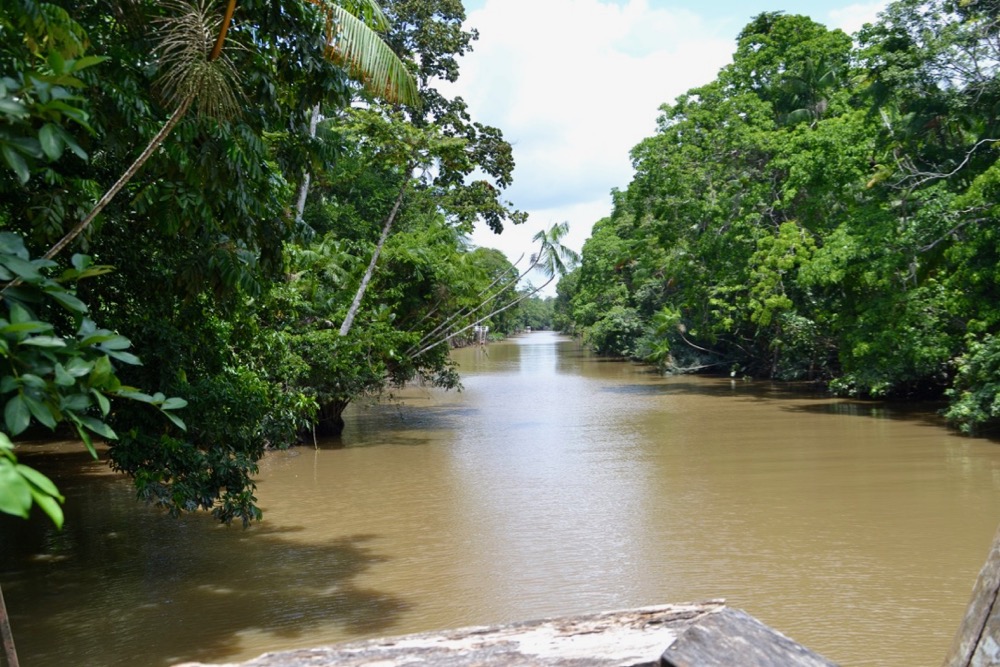
My search was part of the journey; I swam with pink dolphins, held blue macaws, fished piranhas, ate giant river fish the size of a cow, saw floating houses, monkeys, horses on floating farms, and threw chocolate in waterproof bags into the river hoping that the children in canoes floating nearby would collect it.
I kissed and fell in love with a sloth. Each adventure bringing me closer to my target.
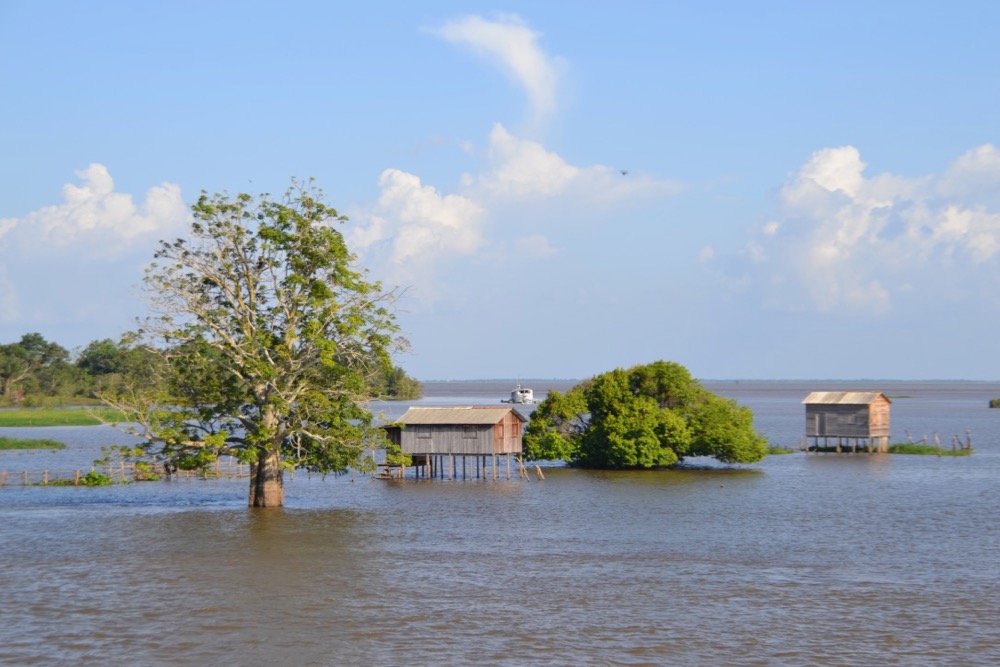

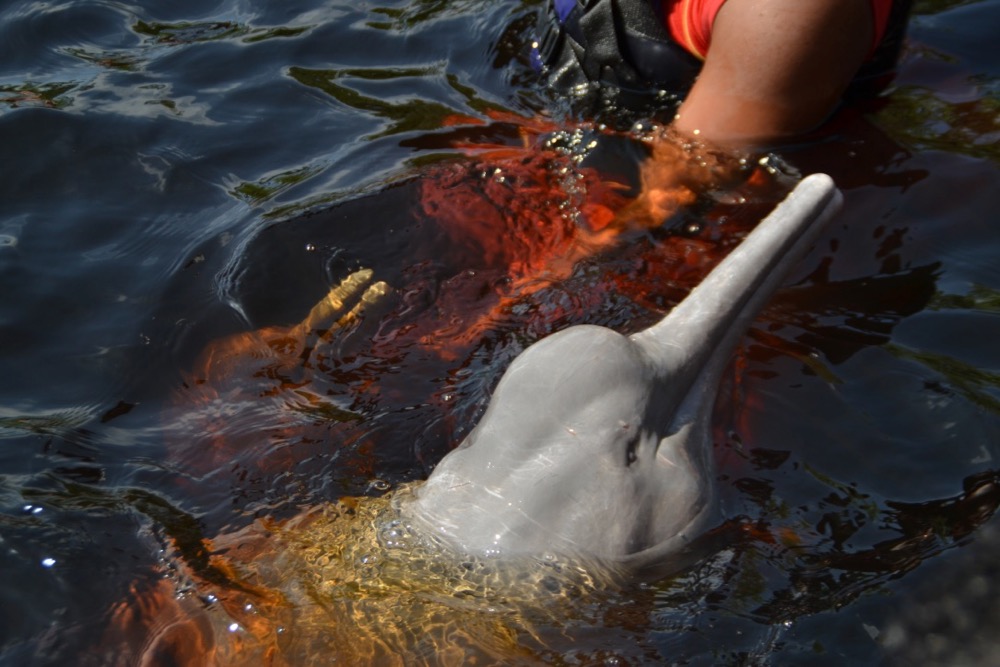
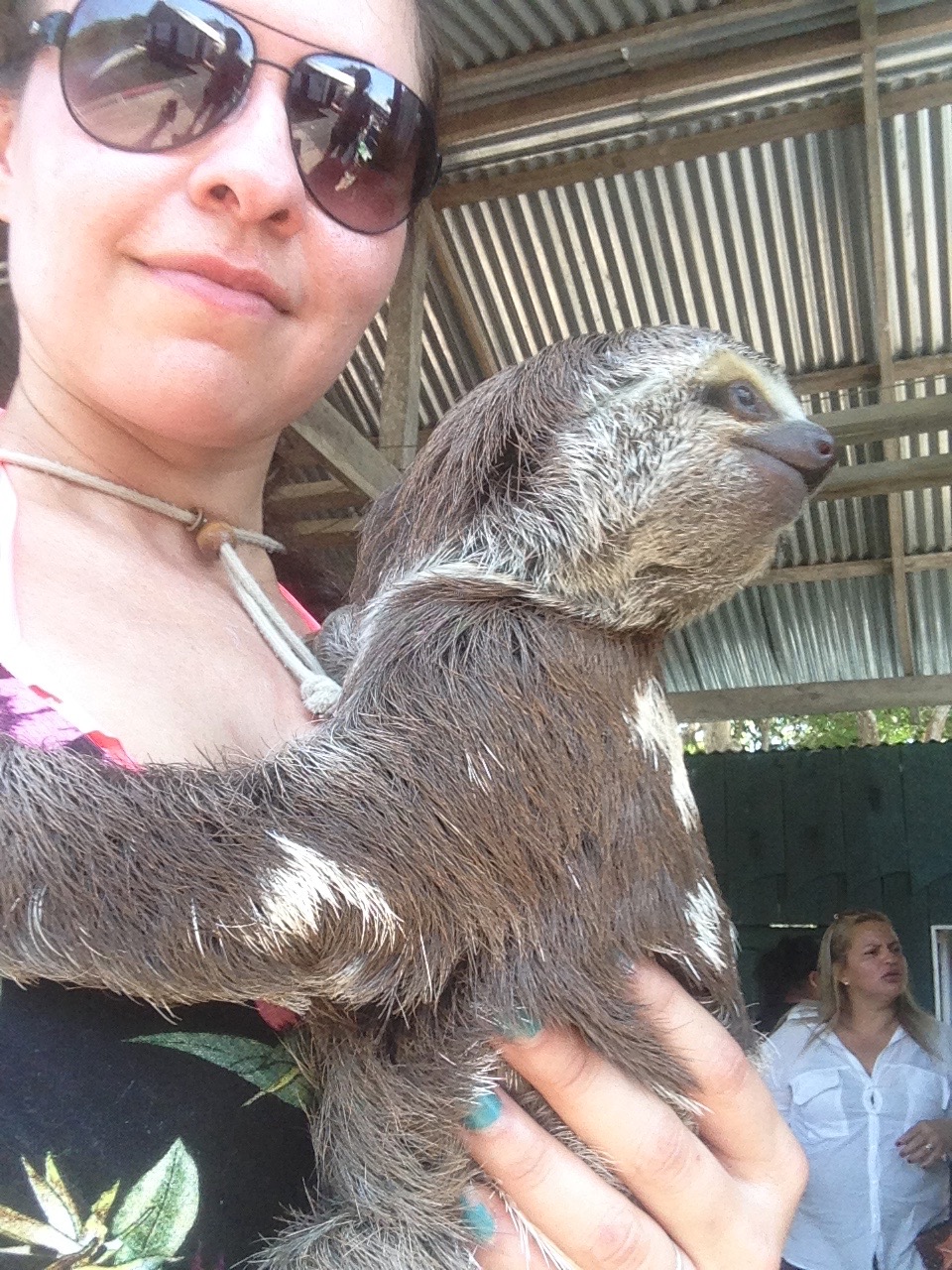

I knew one thing for sure; the most famous restaurant in the Amazon used her chocolate, so I decided to ask them for help. I arrived to Belém and went straight to Thiago’s restaurant, Remanso do Bosque. I ordered their chocolate flower pot dessert that they make with Dona Nenas chocolate then asked them for directions. They said, “go to Ilha do Combu (Combu Island) and ask for Nena.” It did not seem possible for me to find someone in the Amazon by simply asking for them by name. I asked again and they said, “seriously, ask anyone where the woman that makes chocolate lives and they will know.”
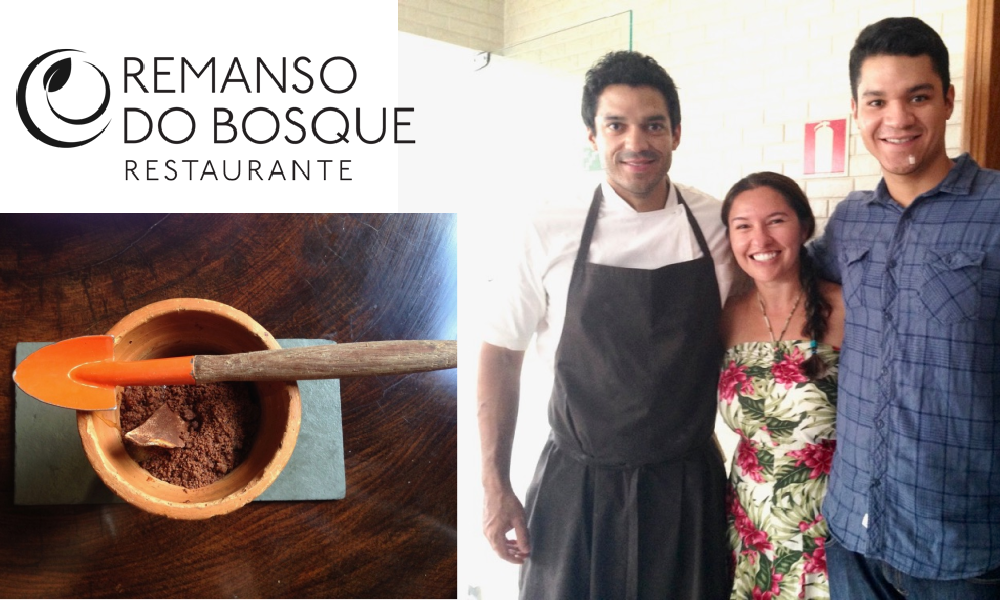
Before moving to Brazil I had never visited the country nor did I study any Portuguese, so I am sure they said more things that I missed but I chose to move forward.
I listened to their advice and headed out, I took a taxi to the port to find a boat that would take me to Combu Island. I then found a water taxi and asked him to take me to the island. The water taxi left me at a restaurant on some island and said to wait for a man wearing a red shirt. Ok. An hour later I saw the red shirt and asked about the chocolate lady. He said he knew but was a bit dismissive and I did not believe him at all. I still got in his boat and we drove for ten minutes.
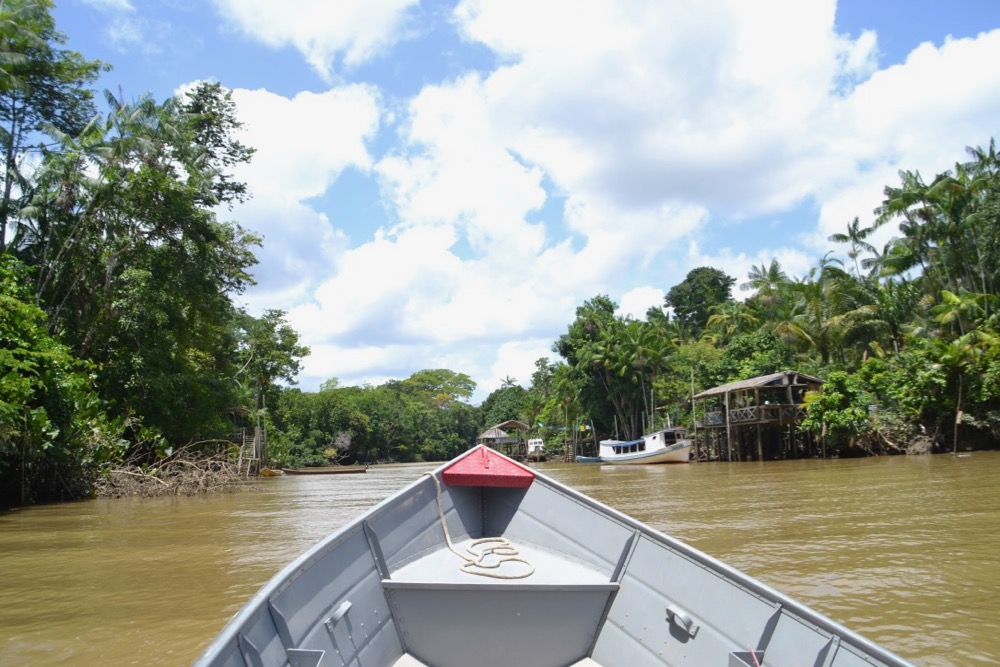
Most travel done in the name of cacao involves a lot of trust – blindly following strangers into the wild. Cacao is grown in regions where English is not usually spoken and far from big cities, tucked deep into jungles in towns you have never visited. This was not the first time I was following strangers into strange places and definitely would not be the last.
He slowed down and headed towards a house on stilts. We stopped and he pointed to the top of the ladder. Was I supposed to assume she would actually be at the top of that ladder? Just like that? But what were my options at this point?
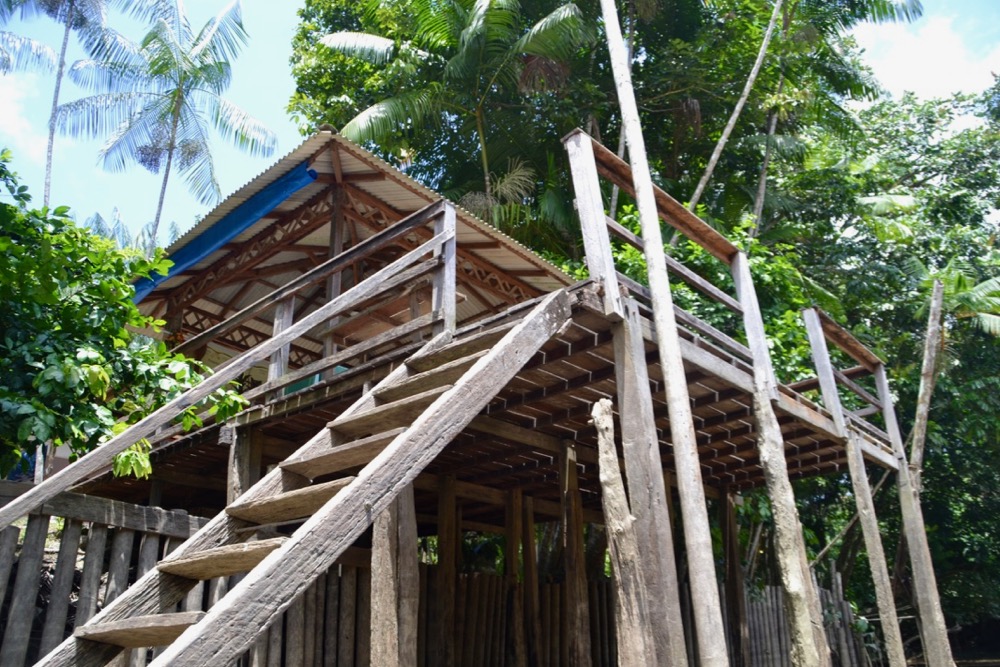
I climbed the ladder suspiciously, slowly, thinking of a plan B – but when I got to the top, there she was! Standing there, looking straight at me, her warm and beautiful smile releasing my anxiety. I hugged her a little too hard and when I released her she said, “do you have mosquito spray?”
She was perfect.
She was born on Combu Island 50 years prior and had seen her father plant, harvest, and process cacao her entire life. She was currently in the middle of replacing some of the 60-year-old trees with new seedlings. She pointed to her nursery where there were hundreds of baby plants and she explained that she would be grafting soon.
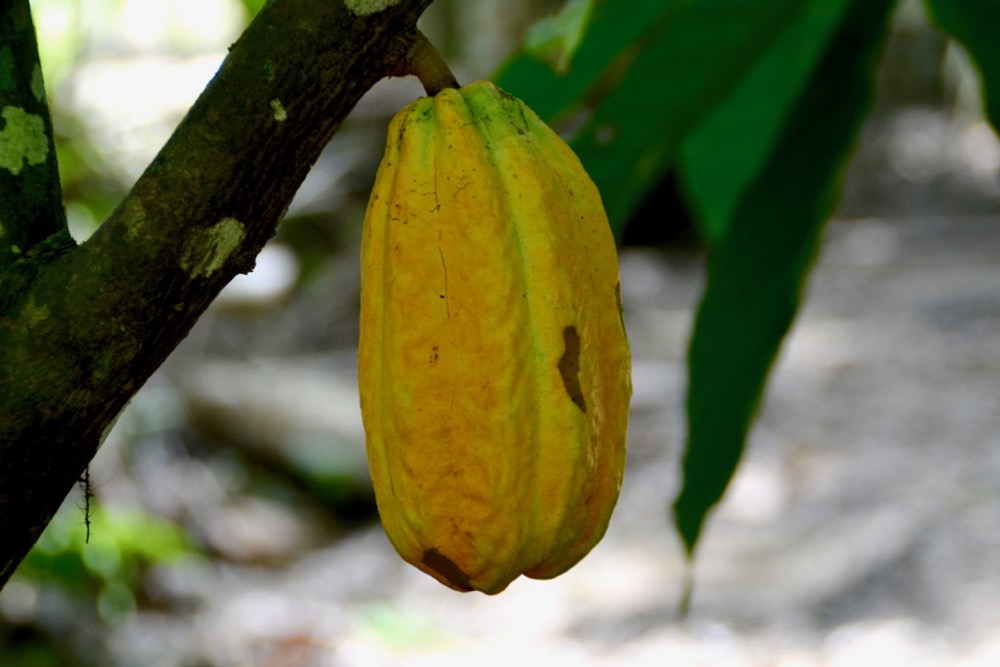
I had never seen a woman graft a cacao tree.
She processes up to 50 kilos of cacao per month depending on demand; she sells to restaurants and at two local organic markets. She makes rustic chocolate, only ground until the cocoa butter is released, then hand molds it. It has a gritty and raw taste and feel to it – the healthiest form of chocolate. She also handed me a shot of cacao liquor which she makes by putting the wet cacao seeds in a tipiti, a traditional Amazonian tool made of dried straw typically used to squeeze the juice from mandioca root. She squeezes the cacao and extracts the juice and mixes it with cachaça (Brazilian sugar cane spirit).
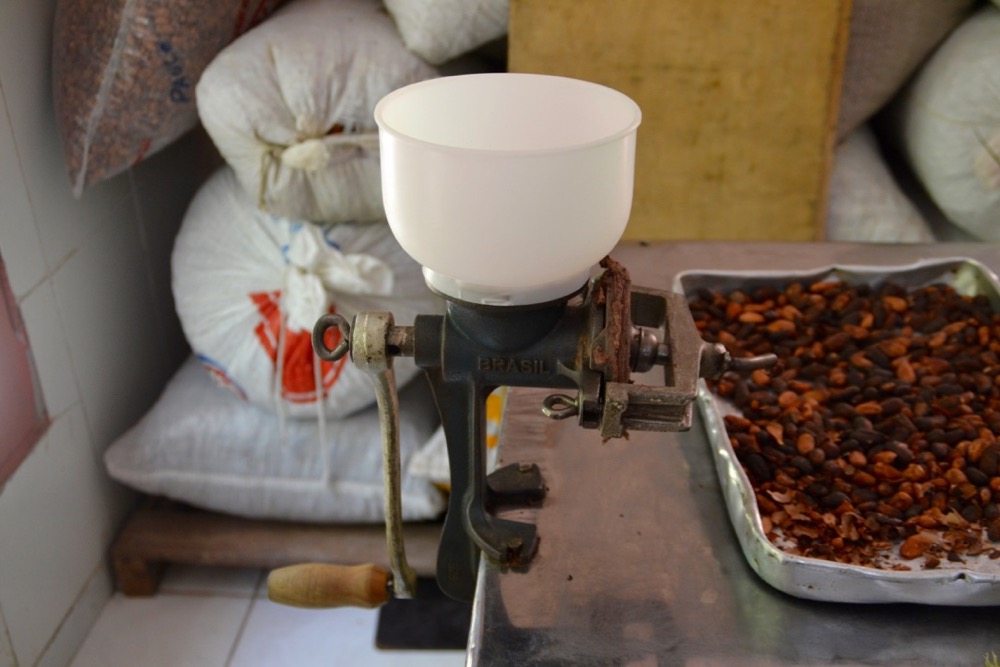

Her living room serves as a tiny storefront where you can buy these items along with cacao nibs, brigadeiros (Brazilian chocolate candies), and local honey.
She gave me a tour of her farm, her newly installed bee boxes and her fermentation area. She is a happy farmer and proud supplier of chocolate to Brazil’s most famous chefs. But she’s not satisfied; there are many plans to grow, to improve, and buy cacao from other family members living nearby. When I visited other farmers they talked a lot about hurdles and challenges; Dona Nena only talks about her goals and vision. She does not see her circumstance as a challenge, which I find surprising since the mere act of getting her cacao out of her home involves going down the ladder and into a canoe.
Even though I had just met her, I felt a great sense of pride over her accomplishments and ambition. And to meet a female cacao farmer and chocolate maker is rare; she is actually the only one I know that does both.
The sun was beginning to set and I needed to get off the island; I didn’t want to leave – I hugged her many times, took almost everything she had and went down the ladder to the boat that was still waiting for me. We rode off and I stared at her house until it disappeared into the jungle. My ten-day adventure leading up to finding her was incredible, and finally reaching her seemed like a dream. I know this is only the beginning for Dona Nena and me.
